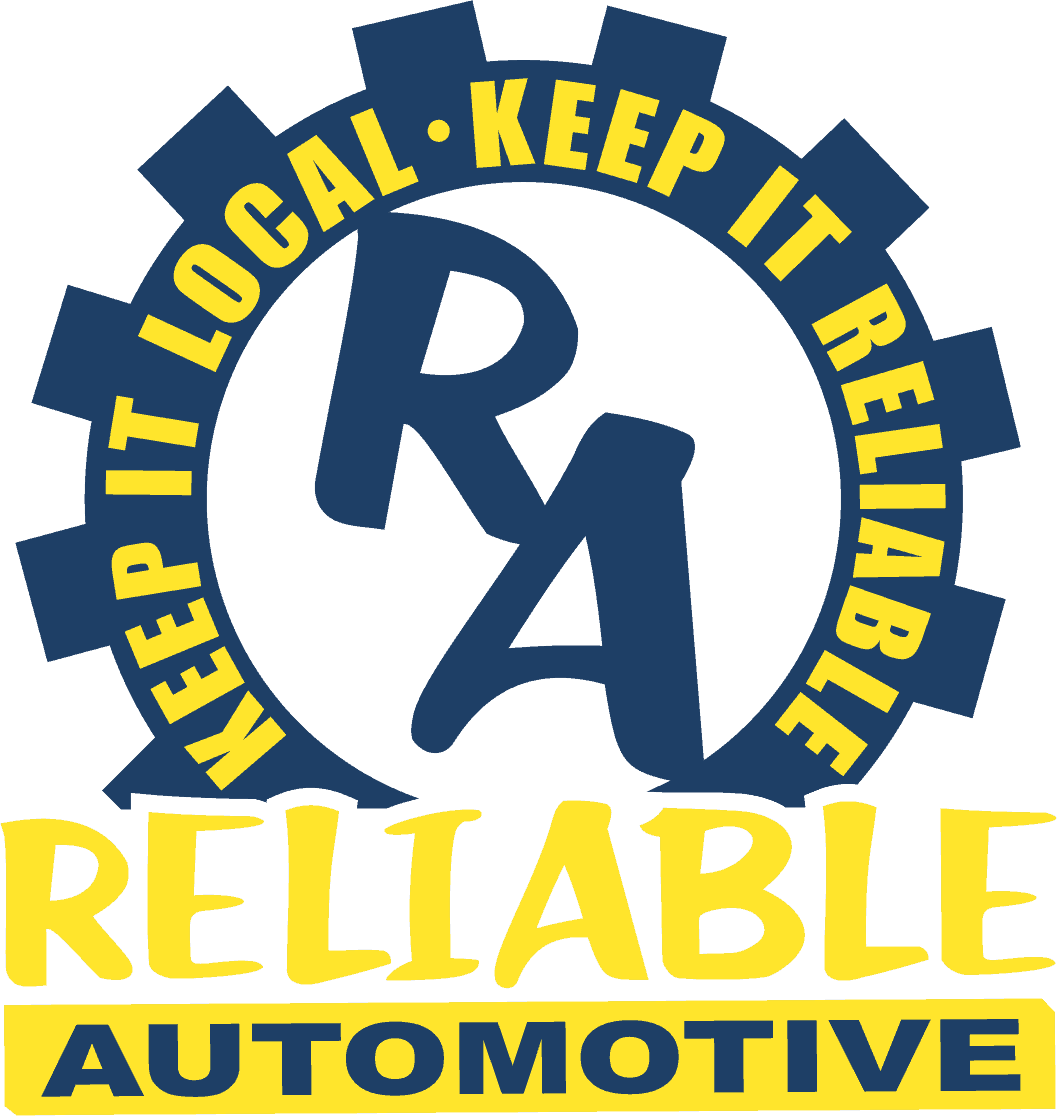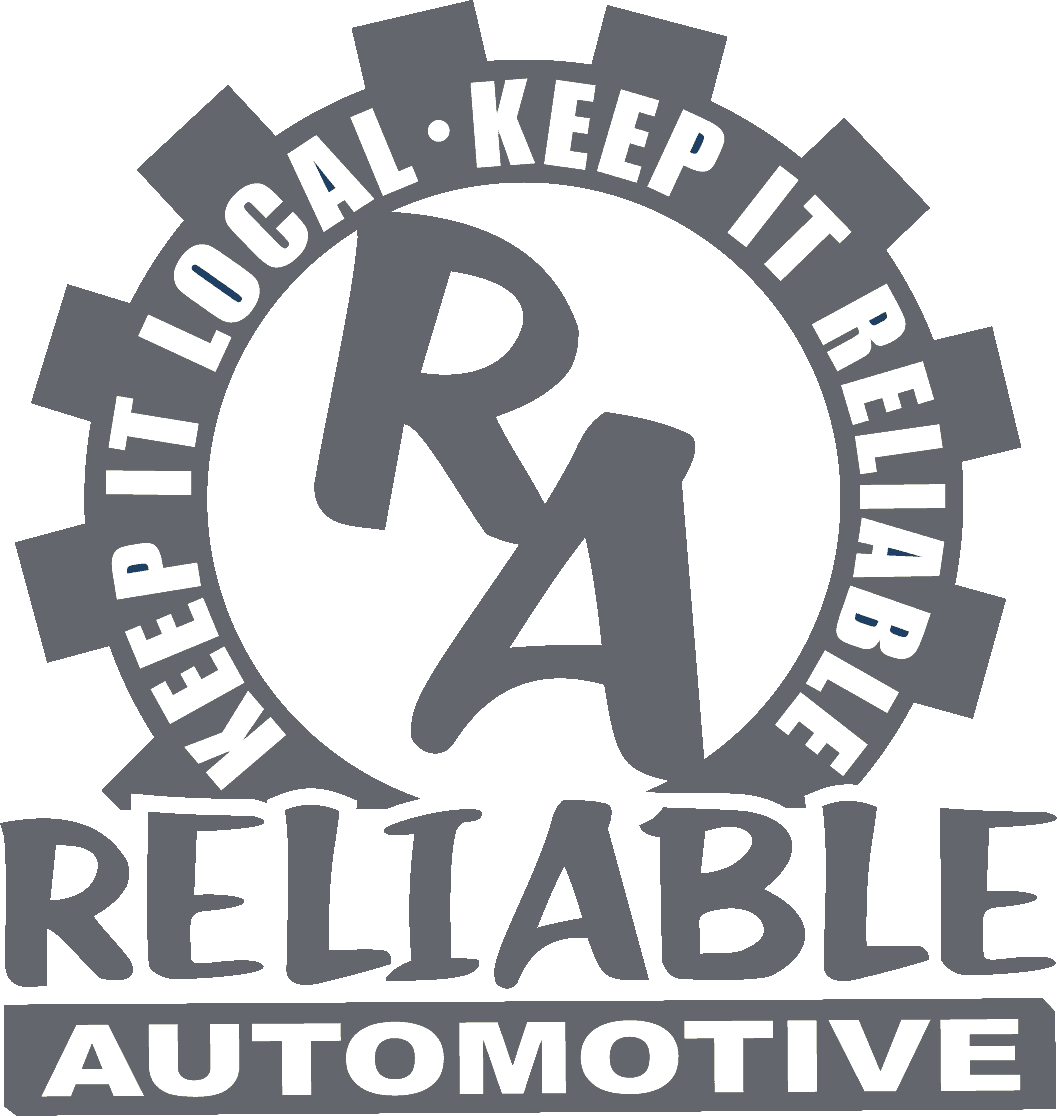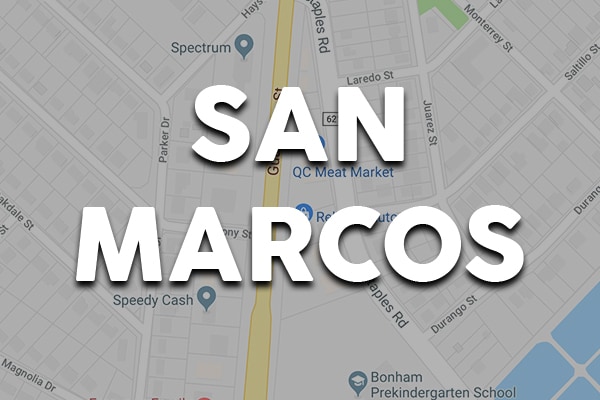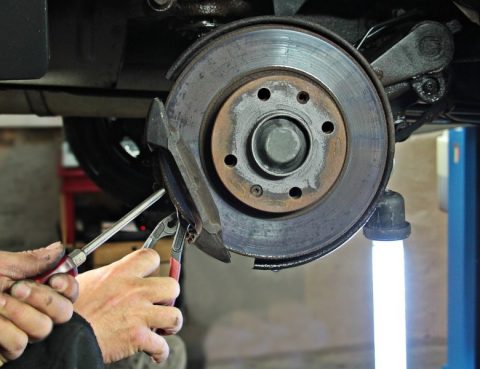
Every time you are driving and press the brake pedal, you count on your brakes to properly stop your vehicle. The brake system is absolutely the most important group of components when it comes to your vehicle’s safety while out on the road. While some repairs can wait for a more convenient time, brake repair…
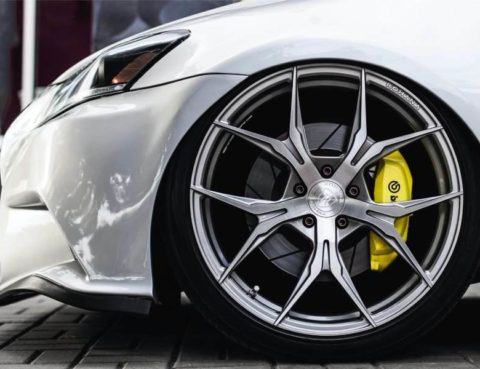
If you’ve got a car, you’ve already heard at least a little bit about brake fluid. Whether you live or what kind of car you drive, it’s probably something you’re aware of. But what exactly is brake fluid? And do you need it? Everything you need to know about the Wondrous World of Brake Fluid….
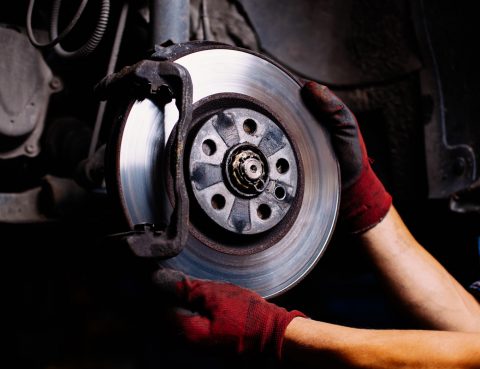
Our brake shop pros offer advice on when to get a brake check and how to make your brakes last. Trust Reliable Auto for expert brake service for your vehicle.
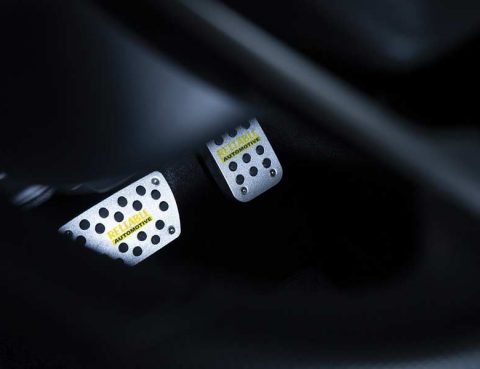
Your brake pedal may signal that something is wrong with a car’s brakes. Usually, a brake pedal will feel soft and firm when pressed down upon. When a pedal begins to feel rigid and hard to press down, there may be something wrong. It’s a scary feeling knowing the brakes are difficult to use, but…
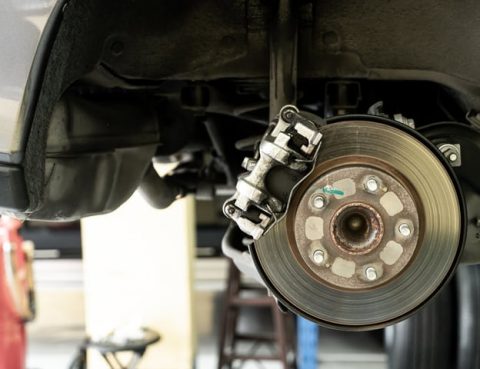
It’s important for the braking system in your vehicle to be kept in top condition at all times. This is a critical matter of safety for you, your passengers, and everyone else on the road. Some repairs can wait, but brake replacement and brake pad replacement are not among those tasks that can be put…
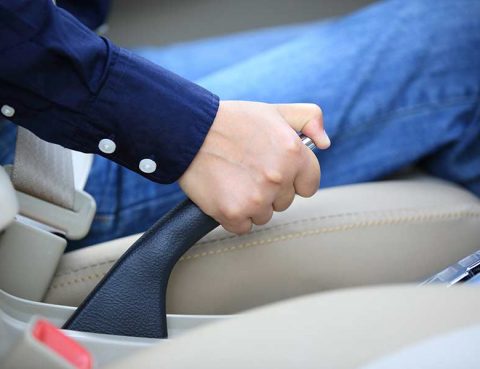
Cars, trucks and SUVs generally have two separate braking systems. The first is the main braking system, controlled by a foot pedal, which is used every time the vehicle is slowed down and/or brought to a stop. The second is the parking brake, also often called the emergency brake. This secondary brake system is an…
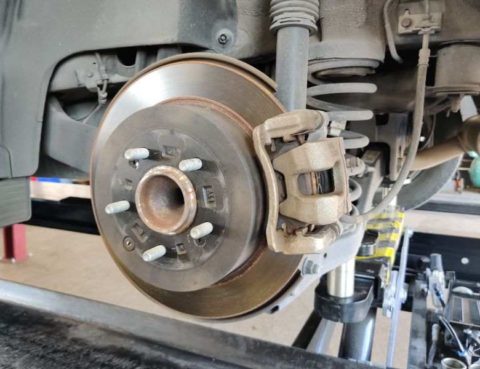
Functioning brakes are an incredibly important part of your safety while driving. We use them every day for stop signs, red lights, when someone pulls in front of you, and in traffic. If your brakes don’t work correctly just once it can cause dire consequences for you and others on the road. Small brake problems…
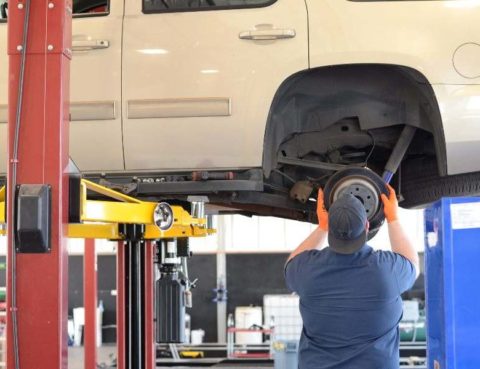
Regular routine maintenance on a vehicle is the best insurance against expensive repairs. Everyone knows the importance of consistent oil changes, but one aspect of maintenance that is sometimes overlooked is getting your vehicle’s brakes inspected. It is recommended that vehicles undergo comprehensive brake checks once every six months. This is ideal since the brake…
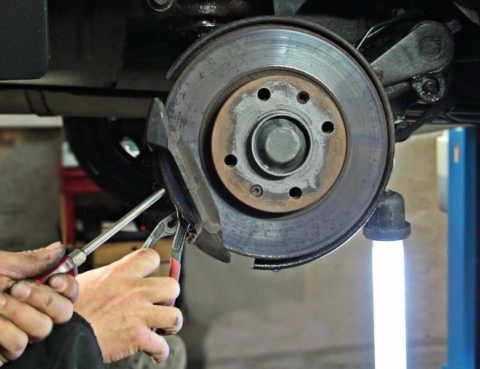
Current cars have many safety improvements that can prevent you from having an accident. The most vital part of the car that can prevent accidents, however, are the brakes. Keep your brakes in good repair so you won’t be the victim of a front end crash. Pay attention to the signs that brakes are having…
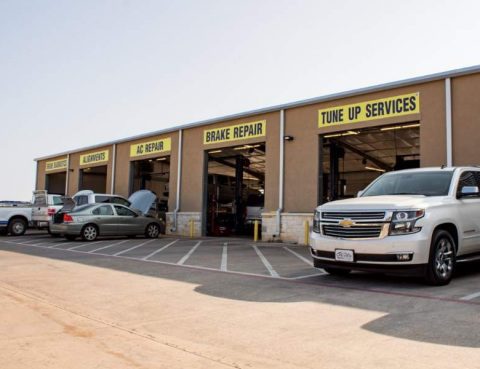
Brake repairs can be costly, but your brakes are an important part of safe driving. Luckily, you can take action to help your brakes last longer today, whether at home or on the road. Take Your Time Higher speeds increase brake activity, which can cause early wear on them over time. When you drive, try…

With our fast pace society, the use of our vehicles play a huge role in keeping us active and able to fulfill our obligations to our jobs, families, and social engagements. Upkeep of your car can feel like a huge responsibility, and while it might seem overwhelming, there are a couple of clues that can…
